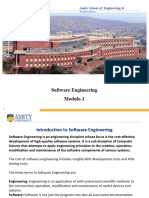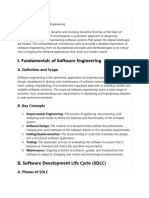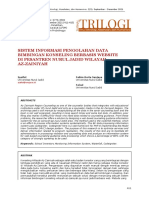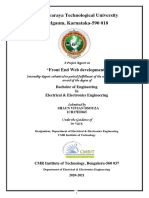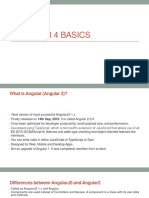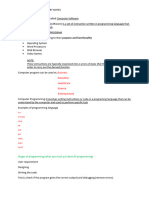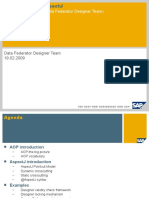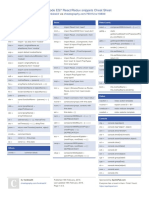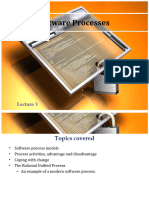0% found this document useful (0 votes)
8 views12 pagesSoftware Engineering Notes
Software engineering is a systematic process for designing, building, testing, and maintaining software, analogous to constructing a house. The Software Development Life Cycle (SDLC) outlines the phases of software development, including planning, requirement analysis, design, development, testing, deployment, and maintenance. Various software development models, such as Waterfall, Agile, and Spiral, provide frameworks for managing projects based on their complexity and requirements.
Uploaded by
rashitaneja01Copyright
© © All Rights Reserved
We take content rights seriously. If you suspect this is your content, claim it here.
Available Formats
Download as DOCX, PDF, TXT or read online on Scribd
0% found this document useful (0 votes)
8 views12 pagesSoftware Engineering Notes
Software engineering is a systematic process for designing, building, testing, and maintaining software, analogous to constructing a house. The Software Development Life Cycle (SDLC) outlines the phases of software development, including planning, requirement analysis, design, development, testing, deployment, and maintenance. Various software development models, such as Waterfall, Agile, and Spiral, provide frameworks for managing projects based on their complexity and requirements.
Uploaded by
rashitaneja01Copyright
© © All Rights Reserved
We take content rights seriously. If you suspect this is your content, claim it here.
Available Formats
Download as DOCX, PDF, TXT or read online on Scribd
/ 12




































